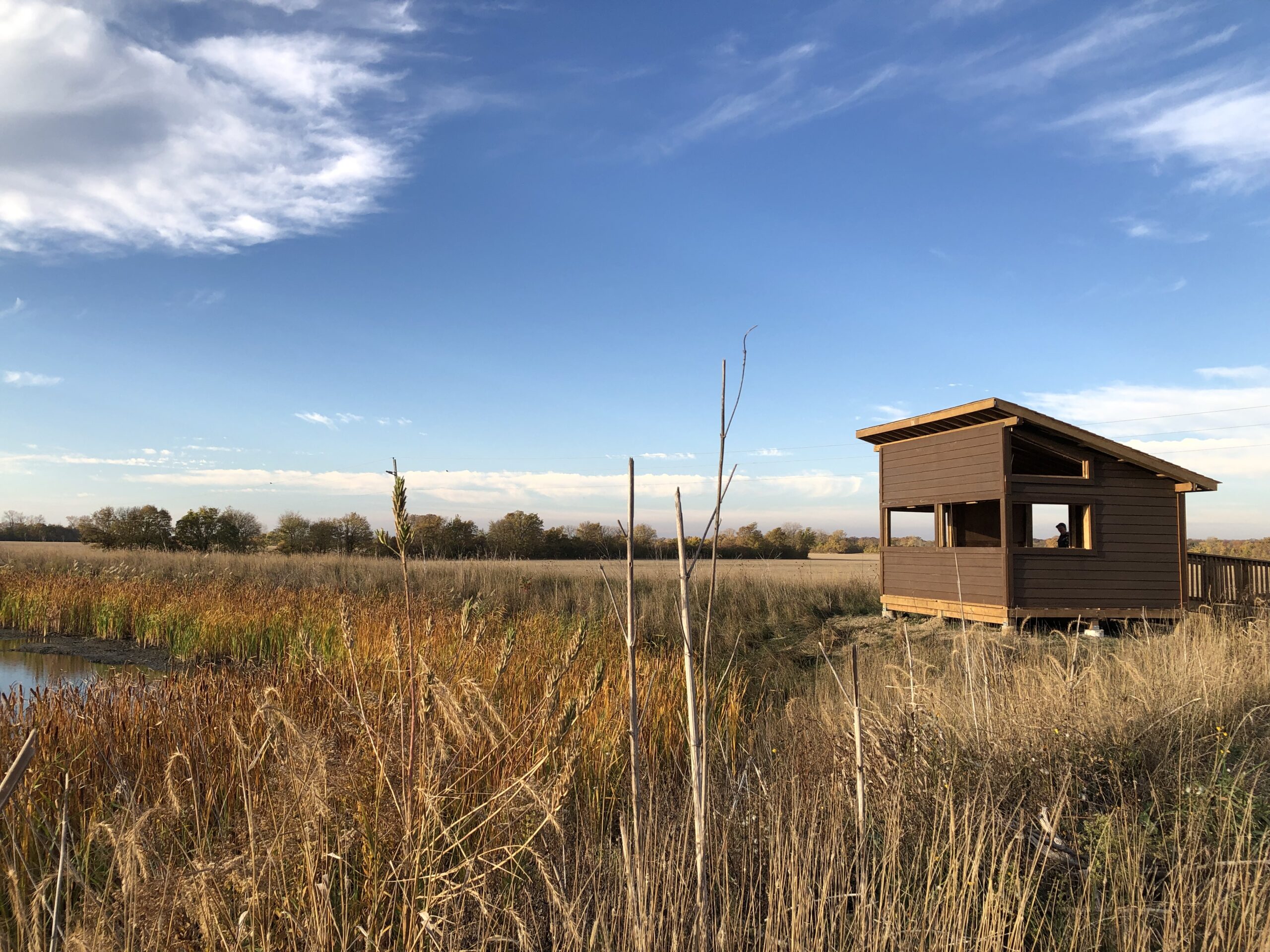Story prepared by Nature Conservancy of Canada staff.
Between 1800 and 2011, over 1.4 million hectares (about 55%) of wetlands in southern Ontario were lost. In some parts of the province, these losses were even more dramatic: Essex County in Ontario’s far southwest lost about 92% of its wetlands in this time, while Haldimand-Norfolk lost about 82%. Most of these losses were due to drainage for agriculture, development and transportation.
Today, we can see that the impacts of these losses are profound and far reaching, including increased flooding and erosion, decreased biodiversity and carbon sequestration, and toxic algae blooms, to name a few.
Many of the lands that the Nature Conservancy of Canada (NCC) has conserved in southern Ontario contain agricultural fields that may have previously been wetlands. These lands offer incredible opportunities for habitat restoration to help reverse some of these negative impacts of wetland loss and degradation.
Wetland restoration in southern Ontario
Much of the landscape on Pelee Island in Lake Erie is farmland – but it wasn’t always this way. Prior to European settlement, Pelee Island was a series of smaller islands connected by marshes. In the late 1800s, a series of canals was dug, and pumphouses were installed to drain the marsh for agriculture. At NCC’s Florian Diamante Nature Reserve, an agricultural field offered great opportunity to restore some of the wetland habitat that had been lost from the island. In 2018 we hired experts to draft a plan to create as much wetland as possible at the site. This would ultimately become the largest wetland restoration project completed by NCC in Ontario, coming in at 24 hectares.
Wetland at Florian Diamante Nature Reserve, Pelee Island. Photo by NCC.
Construction included breaking old drainage tiles laid under the fields, excavating clay subsoil and creating a reinforced berm for stability. Once complete, the berm had to rest, settle and grow vegetation cover before the wetland could be allowed to fill. While rainfall is the only water source, part of the wetland design includes a water control structure built into the berm. This allows us to control the height of the water, so that the wetland doesn’t fill too quickly. It also gives the option of draining some of the water in the future to create different types of habitat, such as mudflats for shorebirds.
The berm and the surrounding upland areas were planted with native species collected by hand on Pelee Island. NCC was careful to only source seed locally, as there may be genetic differences between plants found on the island and the mainland. As a final step, we wanted to welcome visitors to this special place. In early 2023, construction of a viewing ‘blind’ was completed. We also created a new walking trail at the property.
Visitor viewing blind at Florian Diamante Nature Reserve, Pelee Island. Photo by NCC.
As native plants have begun to re-populate the wetland, marsh-breeding birds have followed suit, and their calls are being heard after decades of silence. And birds are not the only species returning: with guidance from researchers from Trent University, three ponds have been created on-site, tailored to the needs of small-mouthed salamanders. These endangered amphibians are re-establishing a flourishing population at the nature reserve, using the ponds to breed.
NCC’s latest wetland restoration project is taking place at Brighton Wetlands, on the shores of Presqu’ile Bay on Lake Ontario, where two hectares of additional wetland habitat have recently been created.
Brighton Wetland construction. Photo by Chelsea Marcantonio / NCC staff.
The agricultural fields at the site had been retired due to their wet conditions. NCC developed a plan for the creation of 3 new wetland areas, where corn and soybean once reigned. Excavation of the lowland areas located closest to Lake Ontario’s shoreline began in November 2023. Earlier this year staff and volunteers seeded the upland areas and wetland edges with a diversity of native wildflowers and grasses, and the project was completed in summer 2024. With native vegetation establishing at the site, many animals are already visiting the newly created wetlands, including frogs, dragonflies, damselflies, butterflies, bees, shorebirds and waterfowl.
NCC has helped conserve nearly 168,000 hectares of wetlands working with landowners and conservation partners. None of NCC’s projects would happen without the generosity of donors and volunteers who step forward to help. With only 40 per cent of Ontario’s original wetlands remaining, now is the time to enjoy, protect and care for those we have left and continue restoring those that once were.



